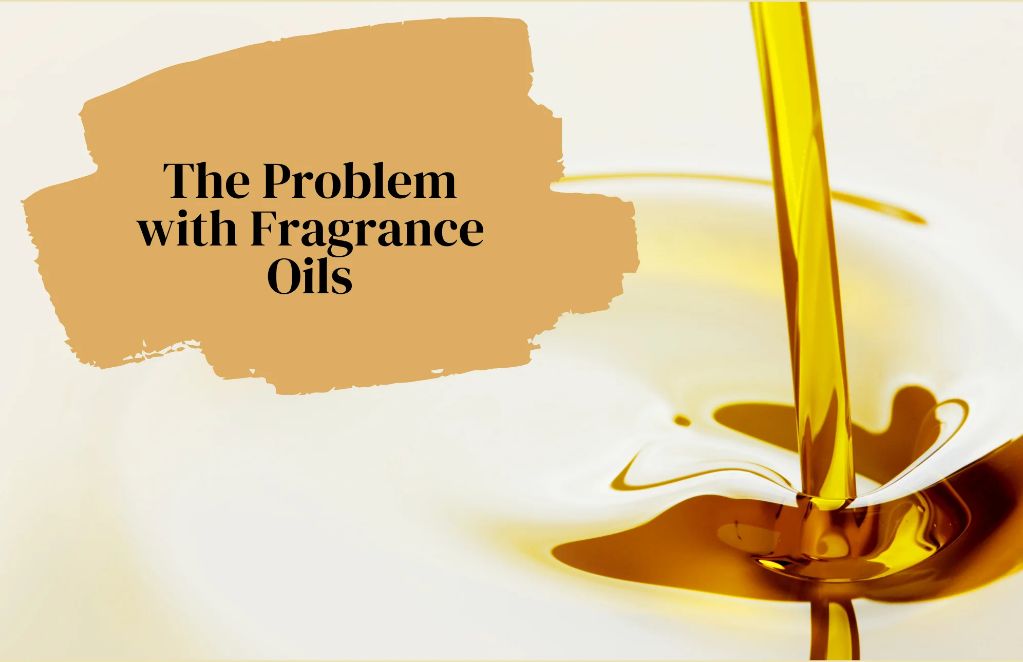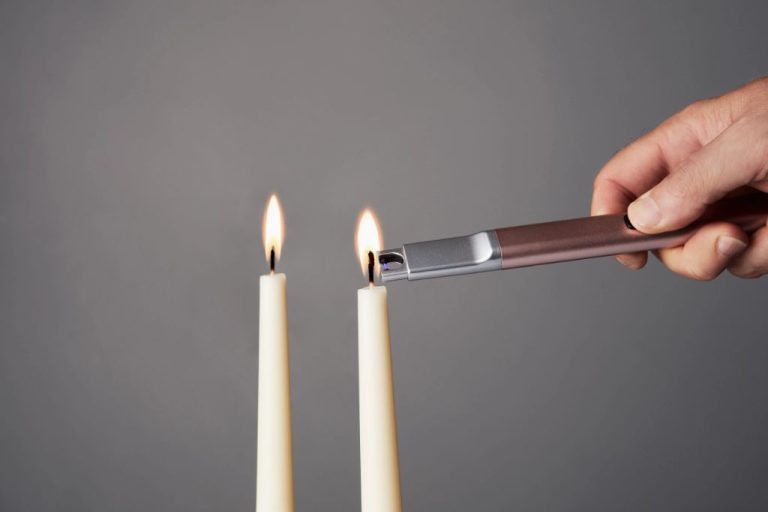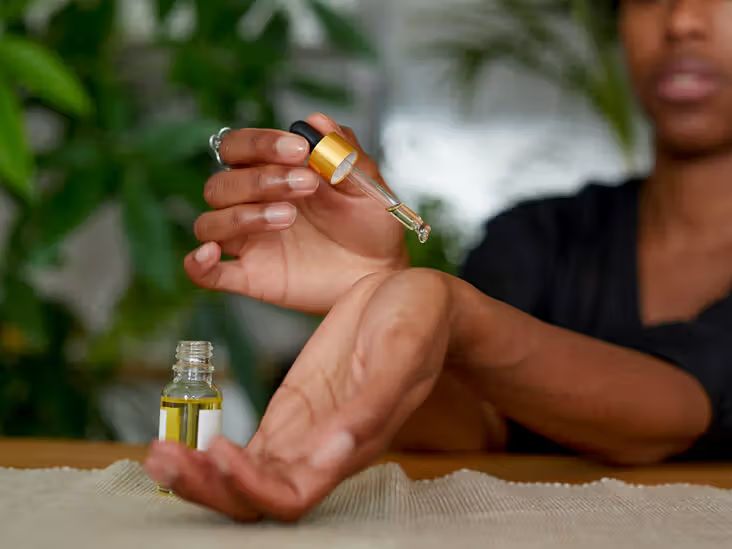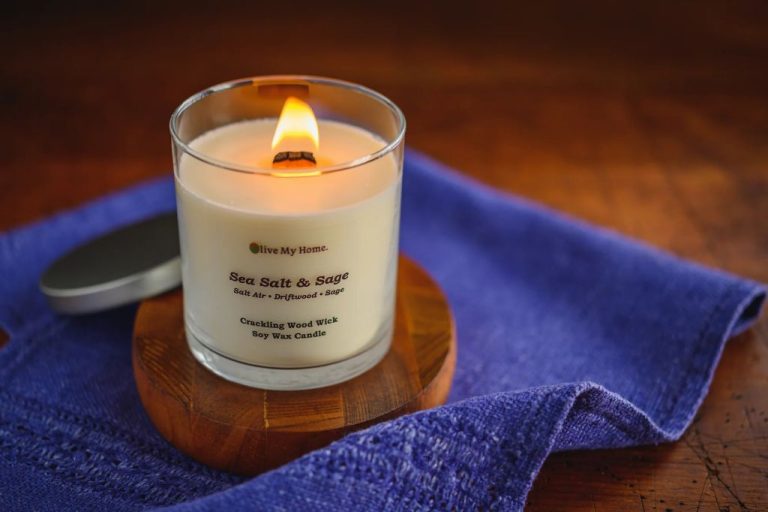Is It Safe To Put Fragrance Oil In A Wax Warmer?
What is a wax warmer?
A wax warmer is a device that melts wax to release fragrance and aroma into the air. It works by using a low-wattage lightbulb or candle to heat up and melt wax, which can come in many forms like cubes, tarts, beads, or potpourri. As the wax melts, the aroma from essential oils or fragrance oils infused in the wax is dispersed into the surrounding environment. This allows you to experience the scents without having an open flame.
There are two main types of wax warmers:
- Electric warmers – These use a lightbulb to heat the wax and typically plug into a regular wall outlet. They often have a small dish or plate where you place a wax cube or tart.
- Candle warmers – These are heated by an actual candle underneath a dish that melts wax beads, cubes, or tarts placed on top. The candle provides indirect heat to melt the wax.
Wax warmers are popular because they provide ambiance and pleasant scents without having to light a candle. They are considered a safer alternative to burning candles, as there is no open flame. The wax melts at a low temperature, minimizing the risk of burns. Wax warmers allow you to enjoy the scents from candle wax without lighting a wick.
What is fragrance oil?
Fragrance oils are synthetic scented oils that are used to provide fragrance in a variety of products. Unlike essential oils, which are extracted from plants, fragrance oils are artificially created in laboratories. They are made by combining fragrance compounds with a carrier oil, like vegetable oil or mineral oil.
To make fragrance oils, chemists first study the chemical composition of essential oils and other natural fragrances. They then try to replicate those compositions synthetically using compounds like esters, aldehydes, alcohols, and ketones. These compounds are blended in different ratios to achieve the desired scent. Colorants and stabilizers may also be added.
Common uses of fragrance oils include perfumes, candles, room fresheners, soaps, lotions, and cleaning products. They allow manufacturers to consistently recreate complex scents that may be rare or expensive in their natural forms. The oils are also cheaper than natural extracts while offering consistent quality and intensity in products. Compared to essential oils, fragrance oils tend to have stronger scents and last longer in applications.
Overall, fragrance oils are artificially created scented oils used for their economic and perfumery advantages over natural extracts. They replicate the smell of natural ingredients through synthetic aroma compounds blended into carrier oils.
Are fragrance oils safe to use?
Fragrance oils contain a complex blend of ingredients that give them their distinct scents. While many of these ingredients are safe, some components may pose potential risks.

One concern is that fragrance oils can contain phthalates, which are chemicals added to help fragrance last longer. Some types of phthalates have been linked to health issues like hormonal disruption and asthma, especially in children (1).
In addition, fragrance oils may contain allergens that could trigger reactions in sensitive individuals. Common fragrance allergens include ingredients like limonene and linalool (2).
The full list of ingredients in fragrance oils is also usually not disclosed on the label. This makes it difficult to pinpoint specific concerning ingredients. However, reputable manufacturers test their products for safety (3).
When inhaled in large amounts or over long periods, fragrance oil compounds can cause issues like headaches, nausea, and airway irritation as well. Proper ventilation is key when diffusing or warming fragrance oils (4).
Overall, when used occasionally and in small amounts, fragrance oils are generally safe for most people. But those with sensitivities may need to exercise caution or avoid fragrance oils altogether.
1. https://www.maleeonline.com/2020/04/24/are-fragrance-oils-safe/
2. https://fontanacandlecompany.com/blogs/bee-well-blog/the-problem-with-fragrance-oils
Can you use fragrance oils in wax warmers?
Most wax warmer manufacturers do not recommend using fragrance oils in their products (1) unless the warmer is specifically designed for oil usage. The issue is that many wax warmers, especially the popular tealight-heated variety, are not intended to get hot enough to properly diffuse fragrance oils. According to Northwood Candle Supply, “Even if your tealight wax warmer has a secure dish for warming your oils, it’s not advisable to use fragrance oils that close to an open flame.”
Some users have reported success using small amounts of fragrance oil in their wax warmers, but results can be unpredictable (2). The warmer may not reach an ideal temperature for oil diffusion. The oil may also get too hot and burn, creating potential safety hazards and smoke. Most fragrance oil manufacturers advise against using their products undiluted in wax warmers.
For best results, it’s recommended to use wax melts specifically designed for wax warmers. The melts are created from a base of soy, paraffin, or vegetable wax that can melt at lower temperatures. Fragrance oils are blended into the wax so they are released gradually as the wax melts. This provides a safer and more controlled method of scent diffusion in wax warmers compared to directly adding undiluted fragrance oils.
Benefits of using fragrance oils in wax warmers
Using fragrance oils in wax warmers provides several advantages over using candles or wax melts alone:
More fragrance options – Fragrance oils allow for a wider variety of scents compared to typical wax melt fragrances. You can find fragrance oils in numerous unique scents.
Stronger scents – The concentrated fragrance oils often provide a stronger aroma than standard wax melts. Just a few drops of fragrance oil can fill the room with scent.
Cost savings vs candles – Good quality fragrance oils can be an affordable way to scent your home compared to frequently buying new candles. The oils last a long time when used sparingly in a wax warmer.
Overall, using fragrance oils in wax warmers opens up more choices for customizing your home’s scent in a cost-effective, long-lasting way. The stronger fragrances also allow you to fill larger spaces effectively. Just take care to appropriately dilute the oils for safety.
Potential risks of using fragrance oils
While fragrance oils can make your home smell great, there are some potential risks to be aware of when using them in wax warmers:
Respiratory irritation – Some chemicals contained in fragrance oils, such as acetone or ethanol, can irritate the nose, throat, and lungs when inhaled, especially for those with asthma or allergies. Exposure to fragrance chemicals has been linked to increased risk of asthma attacks according to the National Academies of Sciences (NAS) report on the health effects of indoor air exposures[1]. Breathing in fragrance chemicals directly from wax warmers could potentially cause respiratory irritation.
Allergic reactions – Fragrance oils contain a complex mixture of chemical ingredients, many of which are associated with allergy or hypersensitivity reactions. Contact allergy to fragrance chemicals is quite common, affecting 1-3% of the general population[2]. Symptoms like sneezing, congestion, headache, dizziness or skin irritation when exposed to fragrances may indicate an allergy. Those with perfume allergies should use wax warmers cautiously.
Candle wax soot – Heated wax can produce soot or particulate matter than can irritate lungs when inhaled. One study found scented candles produced more indoor soot particles than unscented candles[3]. Proper ventilation when burning wax or fragrances is important to minimize exposure to soot.
Usage and safety tips
When using fragrance oils in wax warmers, proper usage and safety precautions should be followed.
First and foremost, ensure the wax warmer is used in a well-ventilated area. Wax warmers heat fragrance oils to high temperatures to disperse their scents, which can produce fumes. Using wax warmers in stuffy, enclosed spaces increases the risk of inhaling too many fumes. Keep doors and windows open and run fans if needed.
Secondly, never leave a wax warmer unattended while it is turned on. Just like candles, wax warmers can pose a fire hazard if left burning alone. Always keep an eye on wax warmers and turn them off before leaving a room.
Additionally, check the maximum temperature rating of your wax warmer. Most wax warmers reach temperatures between 120-140 degrees Fahrenheit, but some may get hotter. Do not exceed a wax warmer’s max temp or use fragrance oils with flash points below the wax warmer’s temperature. This prevents fragrance oils from igniting.
Following basic usage and safety tips allows you to enjoy fragrance oils in wax warmers safely.
Recommended Fragrance Oils for Wax Warmers
When choosing a fragrance oil for your wax warmer, you’ll want to select an oil that has a strong scent when heated. Some of the top oil scents recommended for wax warmers include:
- Fruit scents like apple, peach, pineapple, and strawberry
- Bakery scents like sugar cookie, cake batter, and frosted cupcake
- Spice scents like cinnamon and pumpkin pie
- Floral scents like lavender, rose, and jasmine
- Citrus scents like lemon, grapefruit, and orange
These oil scents tend to perform exceptionally well in wax warmers by distributing a bold, mouthwatering fragrance when melted.
Some of the best fragrance oil brands for wax warmers include:
- Better Homes and Gardens (at Walmart)
- Scentsy
- Yankee Candle
- Village Candle
- Chesapeake Bay Candle
These brands offer a wide selection of fragrances to suit any scent preference. They use quality ingredients to ensure their oils have excellent fragrance throw and performance in wax warmers.
Wax Warmer Fragrance Oil Alternatives
If you want to avoid using fragrance oils in your wax warmer for health or personal reasons, there are some great natural alternatives. Two popular options are essential oils and scented wax cubes.
Essential oils are highly concentrated oils extracted from plants that capture the plant’s scent and flavor. Popular essential oils like lavender, lemon, and peppermint can provide wonderful aromas for your wax warmer. A few drops of essential oil mixed into unscented wax is all you need. Just be sure to use essential oils sparingly, as they are potent. See this post for tips on blending essential oils for wax warmers: https://www.reddit.com/r/candlemaking/comments/18azi05/essentialfragrance_oil_alternatives_are_they/
Scented wax cubes are another great option. These are wax melts that have natural essential oil or botanical fragrances added. Companies like Measuring Flower offer scented wax cubes with essential oil blends and natural ingredients like herbs and flowers. The benefit of scented wax cubes is that the fragrances are pre-measured and blended for you. See this article for tips on making your own natural scented wax cubes: https://measuringflower.com/diy-allnatural-wax-melts/
So if you want to avoid synthetic fragrance oils, try essential oils or scented wax cubes in your wax warmer for safer, natural aroma.
The Bottom Line
Using fragrance oils in wax warmers can provide nice scents and aromas in your home. However, there are some potential risks to consider.
On the plus side, fragrance oils are designed to be safe for use in wax warmers. They can provide stronger, more consistent scents than essential oils or scented candles. Fragrance oils also come in a huge variety of options to match anyone’s preferences.
On the negative side, some fragrance oils contain synthetic chemicals that could irritate airways or trigger allergic reactions in sensitive individuals. There is also a risk of spills or the wax warmer getting too hot, which could lead to fires or burns. Improperly wicked warmers may also cause fragrance oils to not fully evaporate, leaving an oil slick on walls or furniture.
Ultimately, when used properly in an appropriate wax warmer, high quality fragrance oils are generally considered safe. But take precautions like ventilating the room, keeping the warmer away from fabric and wood surfaces, and monitoring the warmer while in use. Test fragrances in small amounts first if you have respiratory issues. With smart usage, most people can safely enjoy fragrance oils in their wax warmers.




